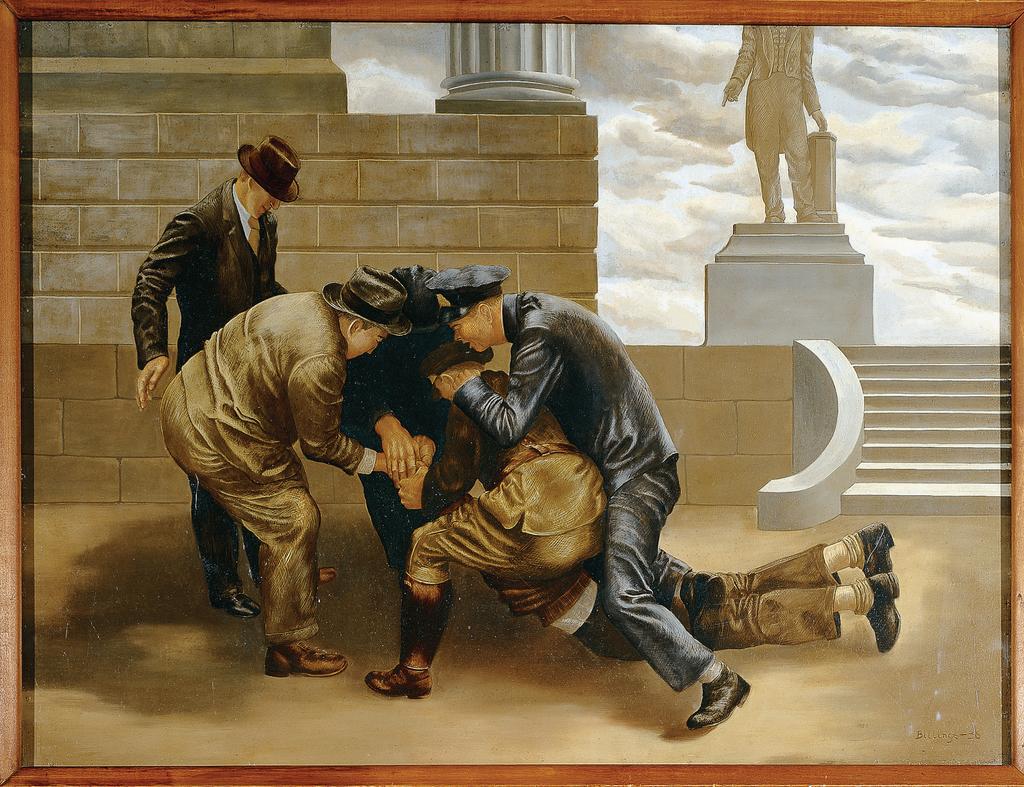ALL TOO REAL

“For Modernism, we law and that realism is the criminal,” wrote the art historian Linda Nochlin in the early 1970s. At that time, abstraction had already lost some of its dominance, but the point was and still is sound. With the rise of Pop, representation had begun its return to the art world, but of the multiple modes of representational art that have come into being since then, few can be considered “realism.” And with the widespread use of photography and other machine-generated imagery in mixed media, it has become possible, even easy, to engage in figurative or representational art without using the traditional techniques of realist painting at all. So in that sense, realist painters remain outsiders even if they are no longer outlaws. In the mid-20th century, when abstraction was at its high tide in America, to be a realist was a brave and existential choice, and the artists who took that path are, to this day, relatively obscure and left out of the grand evolutionary narrative of modern art.
You’re reading a preview, subscribe to read more.
Start your free 30 days